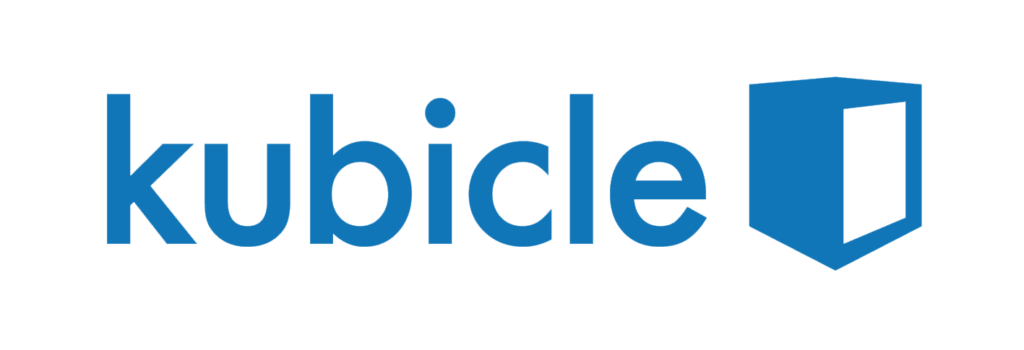“A company’s ability to innovate, improve, and learn ties directly to the company’s value” – David P. Norton and Robert S. Kaplan
Learning in the workplace is beneficial to both employees and employers. Most successful businesses will recognize that highly skilled workers are invaluable, and that keeping employees up-to-date on their training keeps the business competitive and productive. Strategic learning can provide the edge a business needs to succeed where others have failed, and aligning the needs of the employees with the needs of the company can work well to promote a positive and supportive work environment; the employees feel valuable at the same time as they are adding value to the business.

Of course, while many people enjoy learning and will need little encouragement, not all employees will be as enthusiastic from the outset. Here are five ways to motivate employees and promote learning in the workplace:
1. Align Interests
Try to find skill training that is valuable to both the business and the employee as an individual. The benefits to the business are obvious, but employee motivation to learn will be much greater if they feel that their career progression is being taken into account. The training should teach them skills that will benefit them just as much in the long-term as it does in their current role – and this benefit should be emphasized.
2. Model Behavior
Show initiative and take an interest in your own learning and continuing education. Seeing you take a proactive role in your skill development will make others far more likely to do the same. If you would like to have attentive and engaged employees who enthusiastically devote time and energy to ongoing training, then you should lead by example. This article explores more fully the advantages of leading by example.
3. Coaching and Mentoring
It is important that employees feel they have support, and that they have somebody they can turn to if they have questions or concerns about their learning. One way to be an effective coach is to provide candid feedback and debriefing, as outlined in the paper ‘Supporting Workplace Learning.’ Make sure that employees know that you are interested in their progress, and that you are open to hearing about any problems or issues they might encounter during their training.
4. Recognize Success
Track the learning of employees, and make sure to recognize and reward success in some way so that they know you appreciate their effort. Acknowledge the meeting of targets and achievement of goals, and let particularly hard-working employees know that you see and are impressed by their progress. If you can tie these successes to tangible rewards, even better!
5. Allow Collaboration
It is no secret that often, people retain information best after teaching it to somebody else. If possible, set up a time – perhaps a long lunch – during which employees can come together to help each other with any parts of their learning that are proving difficult. This gives them an opportunity to discuss the training among themselves, and will cultivate a sense of team spirit despite being at different stages of their individualized learning.
Depending on the market and the learning method, there are several ways to promote learning in the workplace. Some articles advise the use of financial incentives to encourage learning, while others focus on intrinsic rewards to motivate employees. At Kubicle, account managers work with companies to help them implement data analysis training at scale, without losing sight of the important drivers of effective learning.
According to a survey done by Gallup, 87% of millenials think development is important in a job. In fact, according to the report ‘How Millenials Want to Work and Live,’ “59% of millennials say opportunities to learn and grow are extremely important to them when applying for a job.” This being the case, motivating workers to learn new skills in the workplace should be an important goal for many organizations.
All it takes is a little of the right kind of encouragement.































